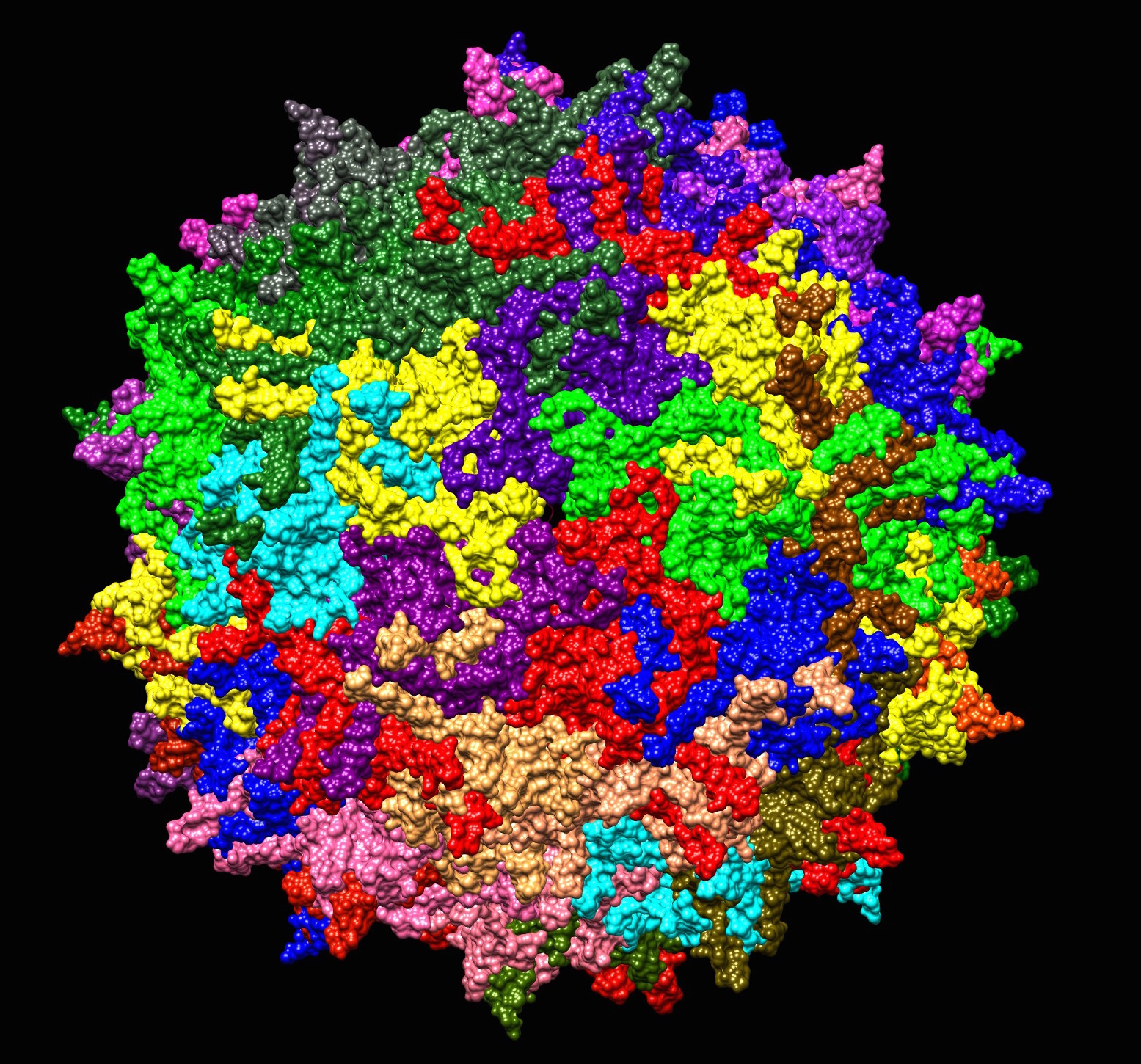A recent report in Science News shares a study of TL1 reovirus (a very common and usually innocuous virus) and suggests that it could be responsible for the development of celiac disease. This virus, according to study authors, prompts the immune system to produce an exaggerated inflammatory response. While TL1 reovirus is not deadly, it's very common and most of the time people don't even know they've been infected by it.
Dermody and et. al, who conducted this study at the University of Pittsburgh, found that celiac patients had higher than normal levels of antibodies against TL1 reovirus. The researchers also believe that other viruses are capable of triggering celiac and other diseases. Future studies will look at this in more detail. If their theory holds true, a vaccine could be developed against TL1 reovirus or other responsible viruses to halt the development of celiac disease.
For more information about this interesting study, you can read more here.
Sources: ScienceNews; Wikimedia

Comments
Post a Comment